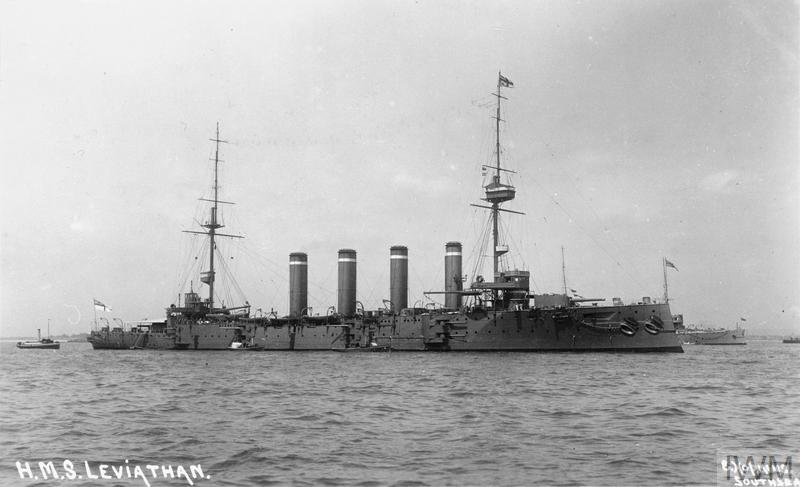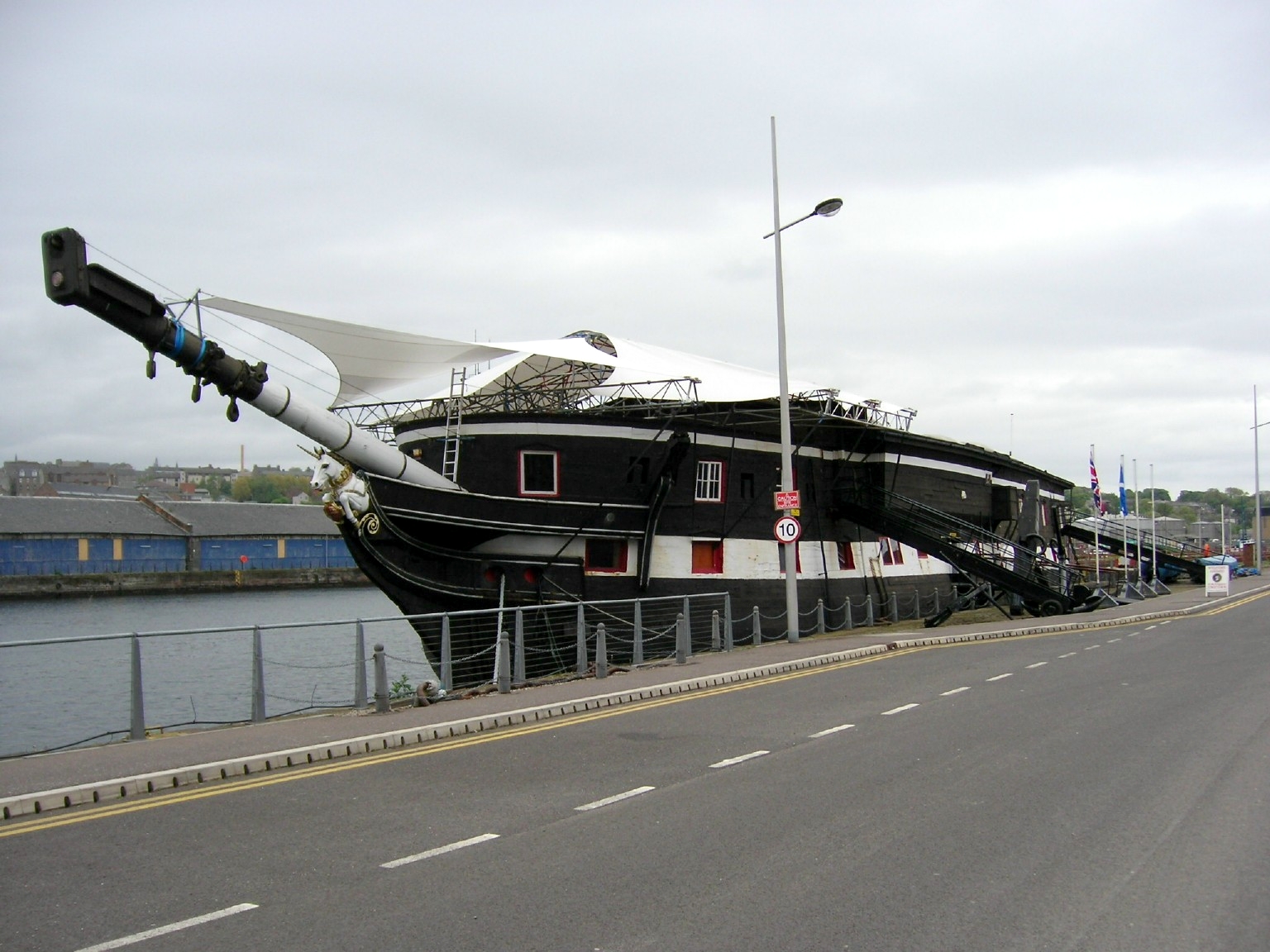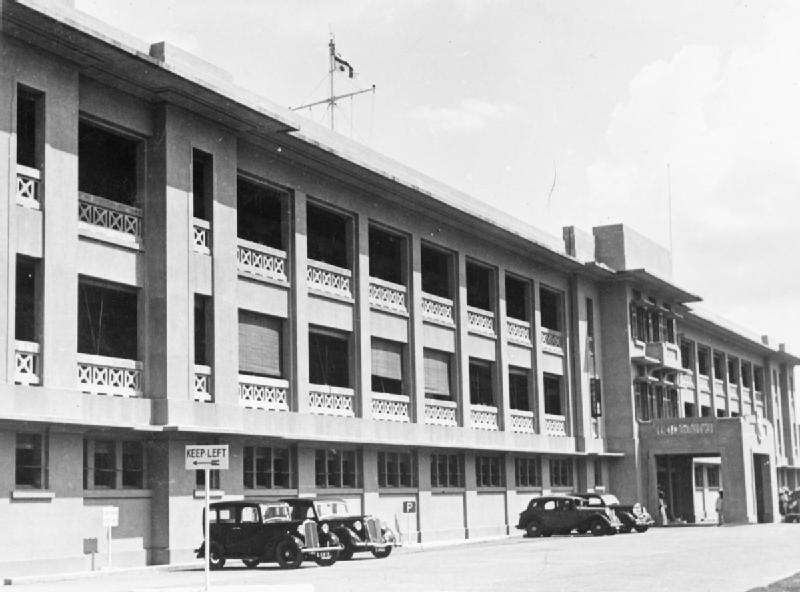|
HMS Leviathan (1901)
HMS ''Leviathan'' was one of four armoured cruisers built for the Royal Navy around 1900. She was assigned to the China Station upon completion and then served in the Mediterranean Fleet in 1905–06. She was assigned to the 7th Cruiser Squadron (United Kingdom), 7th Cruiser Squadron in 1907 before she was briefly reduced to Reserve fleet, reserve. ''Leviathan'' was Ship commissioning, recommissioned in 1909 for service with the 4th Cruiser Squadron (United Kingdom), 4th Cruiser Squadron before she was placed in reserve in 1913. Recommissioned in mid-1914, she was assigned to the 6th Cruiser Squadron (United Kingdom), 6th Cruiser Squadron of the Grand Fleet at the beginning of World War I. She spent most of the rest of the year searching for German commerce raiders and escorting convoys before she became flagship of the 1st Cruiser Squadron. In early 1915, she was reassigned to the 6th Cruiser Squadron before she became flagship of the North America and West Indies Station, b ... [...More Info...] [...Related Items...] OR: [Wikipedia] [Google] [Baidu] |
Leviathan
Leviathan ( ; ; ) is a sea serpent demon noted in theology and mythology. It is referenced in several books of the Hebrew Bible, including Psalms, the Book of Job, the Book of Isaiah, and the pseudepigraphical Book of Enoch. Leviathan is often an embodiment of chaos, threatening to eat the damned when their lives are over. In the end, it is annihilated. Christian theologians identified Leviathan with the demon of the deadly sin '' envy''. According to Ophite diagrams, Leviathan encapsulates the space of the material world. In Gnosis, it encompasses the world like a sphere and incorporates the souls of those who are too attached to material things, so they cannot reach the realm of God's fullness beyond, from which all good emanates. In Hobbes, who draws on Job 41:24, Leviathan becomes a metaphor for the omnipotence of the state, which maintains itself by educating all children in its favour, generation after generation. This idea of an eternal power that 'feeds' on its ... [...More Info...] [...Related Items...] OR: [Wikipedia] [Google] [Baidu] |
Gun Turret
A gun turret (or simply turret) is a mounting platform from which weapons can be fired that affords protection, visibility and ability to turn and aim. A modern gun turret is generally a rotatable weapon mount that houses the crew or mechanism of a projectile-firing weapon and at the same time lets the weapon be aimed and fired in some degree of azimuth and elevation (cone of fire). Description Rotating gun turrets protect the weapon and its crew as they rotate. When this meaning of the word "turret" started being used at the beginning of the 1860s, turrets were normally cylindrical. Barbettes were an alternative to turrets; with a barbette the protection was fixed, and the weapon and crew were on a rotating platform inside the barbette. In the 1890s, armoured hoods (also known as "gun houses") were added to barbettes; these rotated with the platform (hence the term "hooded barbette"). By the early 20th century, these hoods were known as turrets. Modern warships have gun-m ... [...More Info...] [...Related Items...] OR: [Wikipedia] [Google] [Baidu] |
Flagship
A flagship is a vessel used by the commanding officer of a group of navy, naval ships, characteristically a flag officer entitled by custom to fly a distinguishing flag. Used more loosely, it is the lead ship in a fleet of vessels, typically the first, largest, fastest, most heavily armed, or best known. Over the years, the term "flagship" has become a metaphor used in industries such as broadcasting, automobiles, education, technology, airlines, and retail to refer to their highest quality, best known, or most expensive products and locations. Naval use In common naval use, the term ''flagship'' is fundamentally a temporary designation; the flagship is wherever the admiral's flag is being flown. However, admirals have always needed additional facilities, including a meeting room large enough to hold all the captains of the fleet and a place for the admiral's staff to make plans and draw up orders. Historically, only larger ships could accommodate such requirements. The ter ... [...More Info...] [...Related Items...] OR: [Wikipedia] [Google] [Baidu] |
Commerce Raider
Commerce raiding is a form of naval warfare used to destroy or disrupt logistics of the enemy on the open sea by attacking its merchant shipping, rather than engaging its combatants or enforcing a blockade against them. Privateering is a form of commerce raiding conducted by independent operators. Privateering The first sort of commerce raiding was for nations to commission privateers. Early instances of this type of warfare were by the English and Dutch against the Spanish treasure fleets of the 16th century, which resulted in financial gain for both captain and crew upon capture of enemy vessels (" prizes"). 17th and 18th centuries Privateers formed a large part of the total military force at sea during the 17th and 18th centuries. In the First Anglo-Dutch War, English privateers attacked the trade on which the United Provinces entirely depended, capturing over 1,000 Dutch merchant ships. During the subsequent war with Spain, Spanish and Flemish privateers in the serv ... [...More Info...] [...Related Items...] OR: [Wikipedia] [Google] [Baidu] |
Grand Fleet
The Grand Fleet was the main battlefleet of the Royal Navy during the First World War. It was established in August 1914 and disbanded in April 1919. Its main base was Scapa Flow in the Orkney Islands. History Formed in August 1914 from the First Fleet and part of the Second Fleet of the Home Fleets, the Grand Fleet included 25–35 modern capital ships. It was commanded initially by Admiral Sir John Jellicoe.Heathcote, p. 130 The 10th Cruiser Squadron carried out the Northern Patrol between Shetland and Norway and cruisers from Cromarty and Rosyth operated a second line (and screened the fleet) in enforcing the blockade of Germany. The administrative complications of the distant blockade across the northern exits of the North Sea overwhelmed the capacity of Vice Admiral Francis Miller, the Base Admiral in Chief from 7 August 1914, devolving on the commander in chief, Admiral John Jellicoe. To relieve the administrative burdens on Miller and Jellicoe, the post of the ... [...More Info...] [...Related Items...] OR: [Wikipedia] [Google] [Baidu] |
6th Cruiser Squadron (United Kingdom)
The 6th Cruiser Squadron was a formation of cruisers of the British Royal Navy from 1909 to 1915 and again from 1925 to 1945. The Royal Navy's cruiser squadrons usually contained a maximum of five to six ships but down but sometimes as low as two to three ships. Between 1914 and 1925, they were designated Light Cruiser Squadrons, and after 1925 re-designated Cruiser Squadrons. First formation The squadron was established in March 1909. In September 1910, it was attached to the Mediterranean Fleet until April 1912. In May 1912, the 6th Cruiser Squadron was renamed the ''Mediterranean Cruiser Squadron''. The squadron was then reassigned as the 6th Cruiser Squadron to the Second Fleet between May 1912 and July 1914. Rear-Admiral Commanding Second formation 1925 - 1945 The squadron reformed in 1925 when it was allocated to the Commander-in-Chief, Africa until August 1939 when the post was redesignated Commander-in-Chief, South Atlantic The Commander-in-Chief South Atlan ... [...More Info...] [...Related Items...] OR: [Wikipedia] [Google] [Baidu] |
4th Cruiser Squadron (United Kingdom)
The 4th Cruiser Squadron and (also known as Cruiser Force H) was a formation of cruisers of the British Royal Navy from 1907 to 1914 and then again from 1919 to 1946. The squadron was first established in 1907, replacing the North America and West Indies Station. It became a training squadron based in Home waters but which was to make three cruises annually, including to the West Indies. In April 1907 it comprised , , and . On 1 May 1912, the Fourth Cruiser Squadron was renamed the Training Squadron. With the appointment in 1913 of Rear Admiral Christopher Cradock the squadron ceased to be a training squadron and became part of the First Fleet. During World War I, the 4th Cruiser Squadron was commanded by Rear Admiral Christopher Cradock; the squadron was effectively annihilated at the Battle of Coronel 1 November 1914. From April 1919 to 1939, it was in the East Indies The East Indies (or simply the Indies) is a term used in historical narratives of the Age of Discove ... [...More Info...] [...Related Items...] OR: [Wikipedia] [Google] [Baidu] |
Ship Commissioning
Ship commissioning is the act or ceremony of placing a ship in active service and may be regarded as a particular application of the general concepts and practices of project commissioning. The term is most commonly applied to placing a warship in active duty with its country's military forces. The ceremonies involved are often rooted in centuries-old naval tradition. Ship naming and launching endow a ship hull with her identity, but many milestones remain before it is completed and considered ready to be designated a commissioned ship. The engineering plant, weapon and Electronics, electronic systems, Galley (kitchen), galley, and other equipment required to transform the new hull into an operating and habitable warship are installed and tested. The prospective commanding officer, ship's officers, the petty officers, and seamen who will form the crew report for training and familiarization with their new ship. Before commissioning, the new ship undergoes sea trials to identify a ... [...More Info...] [...Related Items...] OR: [Wikipedia] [Google] [Baidu] |
Reserve Fleet
A reserve fleet is a collection of naval vessels of all types that are fully equipped for service but are not currently needed; they are partially or fully Ship decommissioning, decommissioned. A reserve fleet is informally said to be "in mothballs" or "mothballed". In earlier times, especially in British usage, the ships were said to be "laid up in ordinary". A reserve fleet may be colloquially referred to as a "ghost fleet". In the 21st century, ghost fleet may also refer to an active shadow fleet of aged reserve fleet Oil tanker, oil tankers returned to an active service in order to circumvent commodities sanctions. Overview Such ships are held in reserve against a time when it may be necessary to call them back into service. They are usually tied up in backwater areas near naval bases or shipyards in order to speed the reactivation process. They may be modified for storage during such a period, for instance by having rust-prone areas sealed off or wrapped in plastic or, in ... [...More Info...] [...Related Items...] OR: [Wikipedia] [Google] [Baidu] |
7th Cruiser Squadron (United Kingdom)
The 7th Cruiser Squadron (also known as Cruiser Force C) was a blockading force of the Royal Navy during the First World War used to close the English Channel to German traffic. It was employed patrolling an area of the North Sea known as the Broad Fourteens in support of vessels guarding the northern entrance to the Channel. The Squadron had been part of the Third Fleet of the Home Fleets. The squadron came to public attention when on 22 September 1914, three of the cruisers were sunk by one German submarine while on patrol. Approximately 1,460 sailors were killed and there was a public outcry at the losses. The incident eroded confidence in the government and damaged the reputation of the Royal Navy, at a time when many countries were still considering which side they might support in the war. Creation The 7th Cruiser Squadron (also Cruiser Force C in 1914) was created at the Nore as part of the reorganisation of the Royal Navy's home fleets which took effect on 1 May 1912. ... [...More Info...] [...Related Items...] OR: [Wikipedia] [Google] [Baidu] |
Mediterranean Fleet
The British Mediterranean Fleet, also known as the Mediterranean Station, was a formation of the Royal Navy. The Fleet was one of the most prestigious commands in the navy for the majority of its history, defending the vital sea link between the United Kingdom and the majority of the British Empire in the Eastern Hemisphere. The first Commander-in-Chief for the Mediterranean Fleet was the appointment of General at Sea Robert Blake in September 1654 (styled as Commander of the Mediterranean Fleet). The Fleet was in existence until 1967. Pre-Second World War The Royal Navy gained a foothold in the Mediterranean Sea when Gibraltar was captured by the British in 1704 during the War of Spanish Succession, and formally allocated to Britain in the 1713 Treaty of Utrecht. Though the British had maintained a naval presence in the Mediterranean before, the capture of Gibraltar allowed the British to establish their first naval base there. The British also used Port Mahon, on the ... [...More Info...] [...Related Items...] OR: [Wikipedia] [Google] [Baidu] |
China Station
The Commander-in-Chief, China, was the admiral in command of what was usually known as the China Station, at once both a British Royal Navy naval formation and its admiral in command. It was created in 1865 and deactivated in 1941. From 1831 to 1865, the East Indies Station and the China Station were a single command known as the East Indies and China Station. The China Station, established in 1865, had as its area of responsibility the coasts of China and its navigable rivers, the western part of the Pacific Ocean, and the waters around the Dutch East Indies. The navy often co-operated with British commercial interests in this area. The formation had bases at Singapore (Singapore Naval Base), HMS ''Tamar'' (1865–1941 and 1945–1997) in Hong Kong and Wei Hai (at Liugong Island) (1898–1940). The China Station complement usually consisted of several older light cruisers and destroyers, and the Chinese rivers were patrolled by a flotilla of suitable, shallow-draught gunboat ... [...More Info...] [...Related Items...] OR: [Wikipedia] [Google] [Baidu] |









